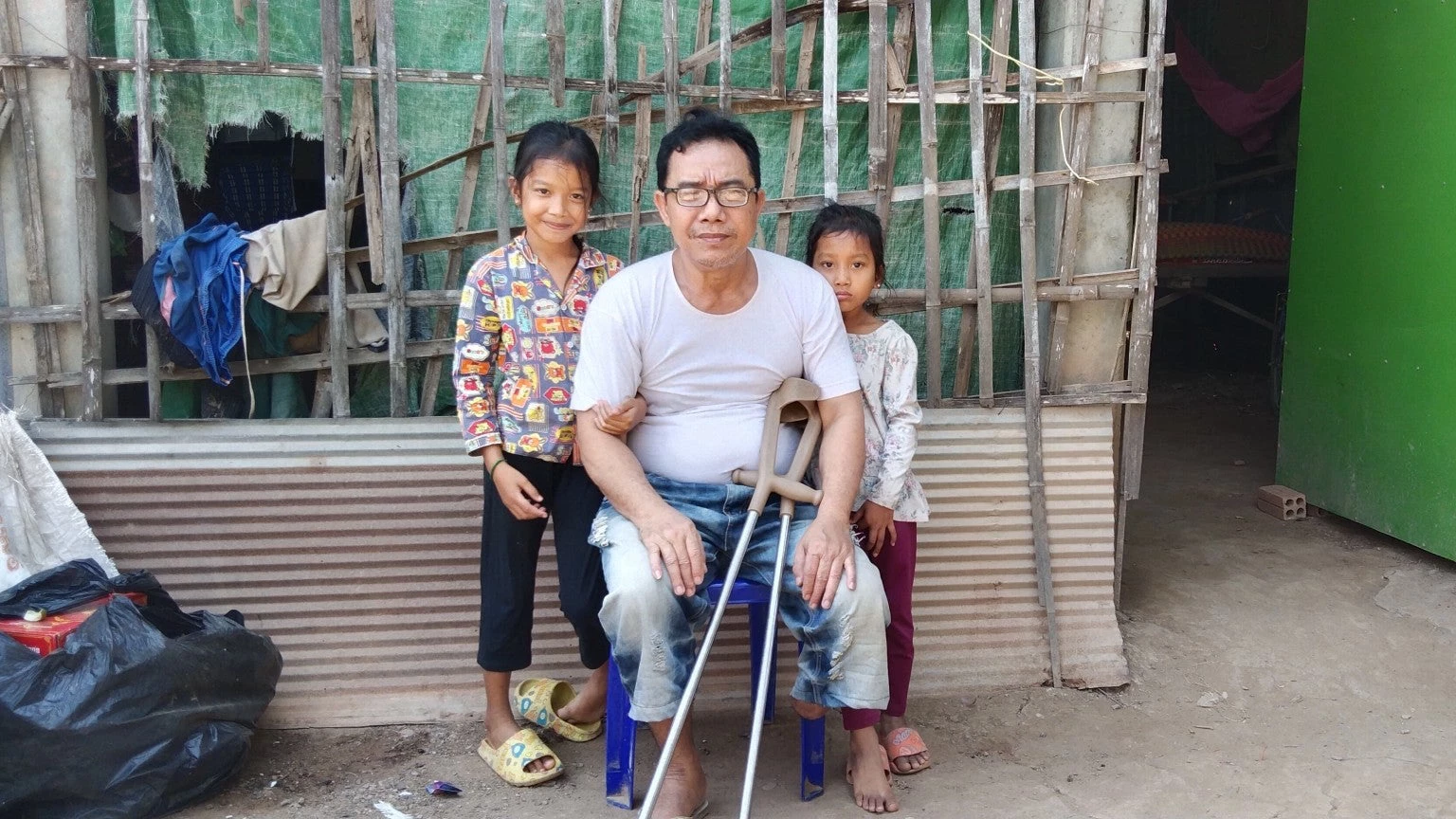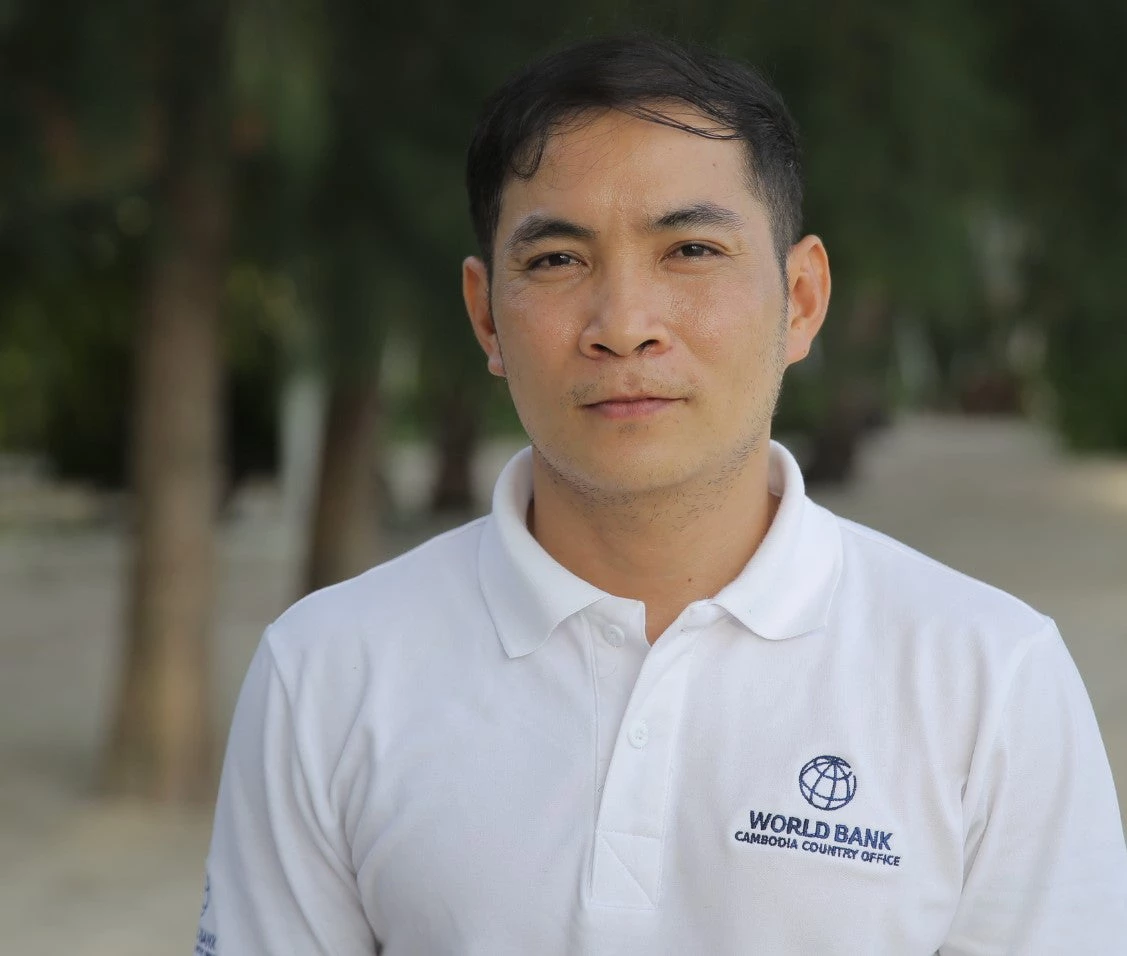 Addressing social inclusion and equity issues for the vulnerable is central to two of the World Bank’s overarching goals — ending extreme poverty and boosting shared prosperity.
Addressing social inclusion and equity issues for the vulnerable is central to two of the World Bank’s overarching goals — ending extreme poverty and boosting shared prosperity.
The nexus between poverty and disability has been strongly documented in Cambodia. Many Cambodians with disabilities are among the poorest of the poor. Not only do they encounter social discrimination and experience low social status, but they also face constrained access to basic needs, including education, health and jobs. Poverty and stigma force many into isolation: they are seldom represented in civic and public spaces, making them invisible to policymakers. This means their voices are not heard, and their issues not addressed.
Addressing social inclusion and equity issues for the vulnerable is central to two of the World Bank’s overarching goals — ending extreme poverty and boosting shared prosperity. In Cambodia, the World Bank established a multi-donor trust fund with Switzerland, Germany, and Australia to implement a Social Accountability Program that could bridge the gap between the demand and supply sides of social accountability. This requires improving the ability of both citizens and the state to communicate and produce action plans that can identify why vulnerable people are excluded from institutions and services, and then find ways of amending the situation.
After two years, despite the challenges posed by COVID-19, the program is producing results, having devised a strategy to reach out to Cambodia’s most vulnerable groups.
First, the program recruits community volunteers to liaise between those who feel excluded from public services, and local administrations. Volunteers are local people with good interpersonal skills and an understanding of community issues. The volunteers then receive additional training to help them build trust and communicate with vulnerable groups effectively.
The volunteers then work with program staff on social mapping techniques to identify the vulnerable people in their target area. These techniques go beyond the statistical data available at local commune offices. The techniques involve meetings with local authorities and communities, who then define their own vulnerability based on their local understanding, using plain words such as type of house, level of income, ability to afford basic food. Based on their understanding, the communities identify the households that are considered vulnerable and marginalized in their commune. Having identified where vulnerable individuals are, the program staff and volunteers conduct door-to-door visits to talk to people and find out if they are excluded. This approach allows people to speak freely and share their personal issues safely. Often, reaching vulnerable individuals requires tremendous effort and dedication by the community volunteers, who travel substantial distances by motorcycle, boat, and on foot to find isolated cases.
While volunteers are identifying and meeting the vulnerable and excluded, the program helps set up a Joint Accountability Action Plan Committee, comprising local authorities and community representatives. This committee holds meetings to discuss the cases of vulnerable people as they arise, and recommends ways of assisting them.
One of those found by program volunteers is Mr. Sam Ly, 48, from Kandal province. Mr. Ly is poor and he had never known how to obtain an identity card that could prove he was entitled to assistance (known as the ID-poor card in Cambodia). This meant he had never been able to access the free available government services. Through the efforts of program community volunteers, Mr. Ly learned how to apply for an ID-poor card. At the same time, his case was made known to the local commune by the Joint Accountability Action Plan Committee. Mr. Ly soon received an ID-poor card, and both he and his family are able to access health center services for free. Mr. Ly said, "I got my ID-poor card, thanks to the ISAF program. This helps me a lot”.


Join the Conversation